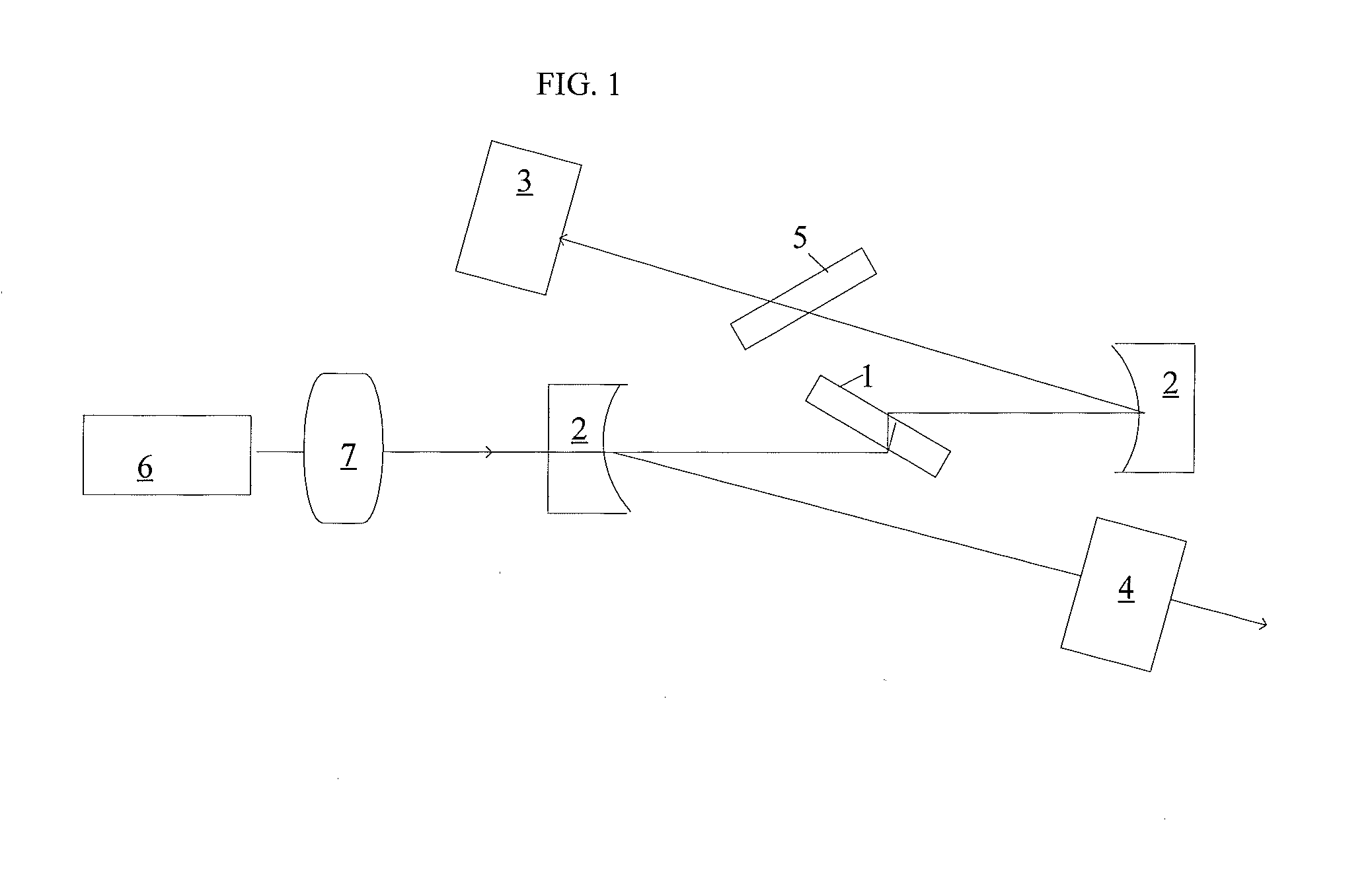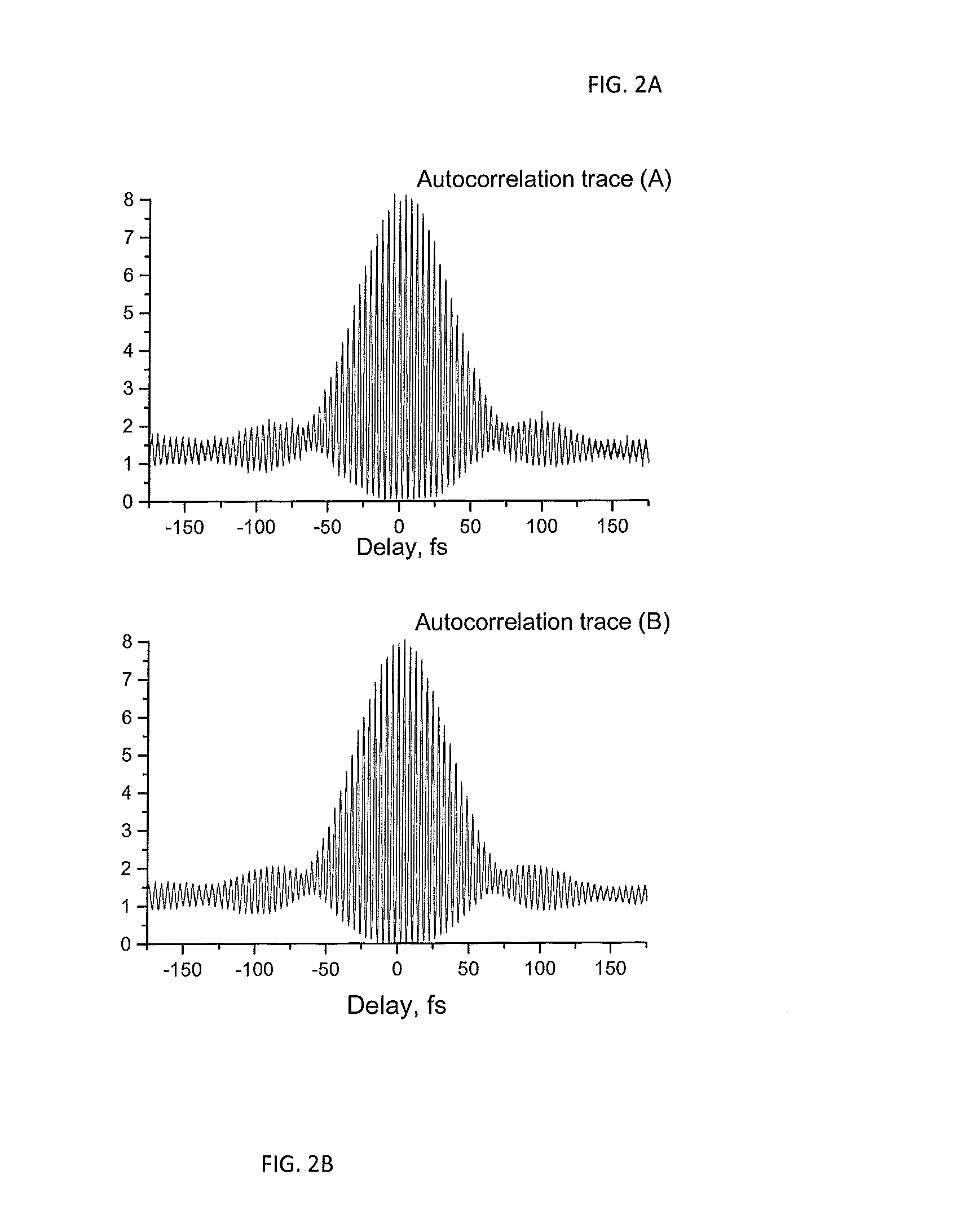Ultra-short pulse mid-ir mode-locked laser
a mode-locked laser and ultra-short pulse technology, applied in the direction of laser details, active medium materials, optical resonator shape and construction, etc., can solve the problems of incident light attenuation incident light attenuation,
- Summary
- Abstract
- Description
- Claims
- Application Information
AI Technical Summary
Benefits of technology
Problems solved by technology
Method used
Image
Examples
Embodiment Construction
[0043]Reference will now be made in detail to embodiments of the invention. Wherever possible, same or similar numerals are used in the drawings and the description to refer to the same or like parts or steps. The drawings are in simplified form and are not to precise scale. Unless specifically noted, it is intended that the words and phrases in the specification and claims be given the ordinary and accustomed meaning to those of ordinary skill in the fiber laser arts. The word “couple” and similar terms do not necessarily denote direct and immediate connections, but also include mechanical optical connections through free space or intermediate elements.
[0044]FIG. 1 illustrates rather one of many known configurations of the laser cavity (or resonator) for generating ultra-short pulses in a mid-IR spectral range known as a Z-shaped cavity. While the number of reflective elements may vary, the invariable part of it includes a gain element 1 placed inside the resonator. The laser cavit...
PUM
 Login to View More
Login to View More Abstract
Description
Claims
Application Information
 Login to View More
Login to View More - R&D
- Intellectual Property
- Life Sciences
- Materials
- Tech Scout
- Unparalleled Data Quality
- Higher Quality Content
- 60% Fewer Hallucinations
Browse by: Latest US Patents, China's latest patents, Technical Efficacy Thesaurus, Application Domain, Technology Topic, Popular Technical Reports.
© 2025 PatSnap. All rights reserved.Legal|Privacy policy|Modern Slavery Act Transparency Statement|Sitemap|About US| Contact US: help@patsnap.com



